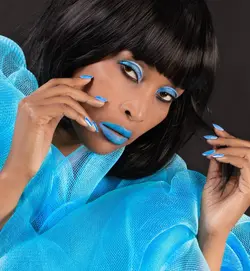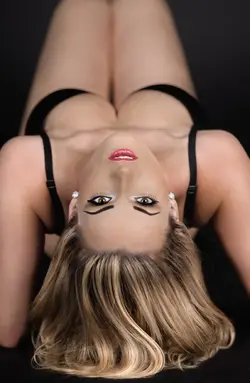The reason I love portraiture is every person is unique. You have an opportunity to make a photo that no one else has ever made or possibly ever will make. If you are simply looking to create a "likeness" then that can be limiting. But if you understand your subject, their motivations, their passions, their personality, they will "speak" to you and if you are open to it, can then build the shot from there on environment/background, wardrobe, props, lighting, pose, expression. Not an easy task when the person in front of you is uncomfortable with the process or wants it over asap. So your technical skills should be mastered to the point of being automatic so you can concentrate on the reason for the shot, not the mechanics. You should be able to make adjustments almost unconsciously while maintaining raport with the subject. Sit on the subjects stool for a while and have someone screw with lights and camera and not speak to you for a few minutes and see how that feels. That is especially detrimental when you just start to get the subject to give you something genuine and the photographer starts struggling with lights or camera. It's why I detest constant chimping to accomplish basic lighting. One tool I would not be without is an incident/reflective light meter. That gets dialed in and only needs fine tuning once shooting begins, checked on a monitor along with focus.
Best book I have read on learning to get to the creative, right brain was "Drawing from the right side of the brain." The book is great for learning highlight and shadow with pencil and the first few exercises will make your brain ache as it forces you out of the logical left brain to the creative right brain. Too many photographers are locked in the left brain with exposure, focus, lighting ratios, cameras, lenses and never get out of the left brain. Some even think that is photography or the latest greatest piece of gear will transform their work and chase every new camera or catchy named lens. Arnold Newman said the camera is just a tool, the heart and mind create a photograph. Ansel said the most important part of a camera is the 12 inches behind it. Ernst Hass said Leica smeica, I don't care what camera you use. Once shot with a Nat Geo photographer who said it took him a day or so when he arrived on a location to get in the zone. I think he was referring to getting to that right brain.






![[No title]](/data/xfmg/thumbnail/42/42057-1509913128bb1db2bc11235c05832fd4.jpg?1734176446)



![[No title]](/data/xfmg/thumbnail/35/35946-771bfce9b2727c9126587d96c471da80.jpg?1734167737)





